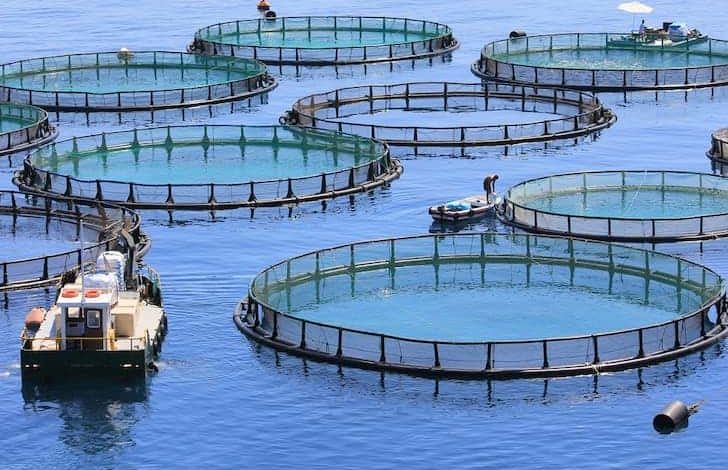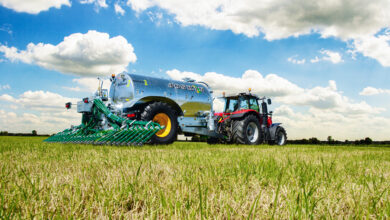Why aquaculture and agriculture must work in tandem

The aquaculture sector needs to adopt a collaborative approach with the agriculture sector – specifically around plant biotechnology – to grow sustainably.
So concludes an influential group of scientists, who argue that capitalising on biotechnology, including genetically modified (GM) crops, is vital to meet the nutritional demands of a growing global aquaculture sector.
Outlined in a new paper, published in Nature Foods, the argument follows a series of collaborative studies looking at the impact of using new feed ingredients for farmed Atlantic salmon.
One of the lead authors, Dr Monica Betancor, from Stirling’s Institute of Aquaculture, explains: “Terrestrial animal protein production systems are inefficient to feed the world’s growing global population; they impact land use and exacerbate climate change. Fish are recognised as the only animal protein source recommended for increased production and consumption and they are also the principal source of health-promoting omega-3 long-chain polyunsaturated fatty acids.
“However, fish feeds are also becoming more plant-based and this impacts the nutritional profile of farmed fish. Plant biotechnology could offer a greener, sustainable future for aquaculture by providing beneficial omega-3 for fish and, in turn, boost levels in the human diet.
“A collaborative approach between aquaculture and agriculture can help promote the growth of aquaculture in a sustainable manner and within planetary boundaries.”

Professor Napier, flagship leader at Rothamsted Research and an honorary professor of the Institute of Aquaculture, added: “Agriculture and plant biotechnology has the potential to radically transform aquaculture, by providing new sources of important nutrients such as omega-3 fish oils in a manner that is not constrained by limited natural resources.
“The scalability of agriculture also means that supply can much better meet demand, helping aquaculture to further expand – but without compromising either the environment or the nutritional quality of the fish. We are proposing a more synergistic relationship between agriculture and aquaculture that will ultimately help us meet the recommendations of the EAT-Lancet report and the sustainable provisioning of the proposed ‘Planetary Health’ plate.”
Aquaculture feeds are historically based on fishmeal and fish oil – both extracted from wild capture marine fisheries. However, the global expansion of aquaculture has meant that this practice has become unsustainable worldwide. While terrestrial animal by-products – such as poultry meals, blood meal and tallow – have been used in some parts of the world, primary alternative ingredients have been derived from plant seed meals and vegetable oils.
As the nutrient composition of farmed fish is altered, there are also consequences for human nutrition – including reductions in minerals, such as iodine and selenium; vitamins, such as vitamin D; and most significantly in the beneficial omega-3 fatty acids.
One approach uses GM crops to produce some of the specialised feed ingredients that aquaculture is dependent on, namely omega-3 and high-quality protein. Funded by the Biotechnology and Biological Sciences Research Council, the research team have conducted a number of studies in recent years, specifically considering the viability and impact of using oils from GM oilseed crops in fish feed in providing the omega-3 long chain polyunsaturated fatty acids, eicosapentaenoic acid (EPA) and docosahexaenoic acid (DHA).
Professor Napier, a plant scientist, and his team are pioneering the development of GM plant-based ingredients EPA and DHA for aquafeed, while the Institute’s fish nutritionists examine the impact of the innovative feed on fish, and consider its potential benefits to human health.
The new paper concludes: “Ultimately, the two systems – aquaculture and agriculture – need to work in tandem to meet the challenges of operating resiliently within planetary boundaries and delivering optimal nutrition for a growing population.
“It is our hope that the ideas outlined in this perspective are just the starting point for a more integrated approach to sustainable aquaculture, one in which the major role of agriculture is fully incorporated.”







